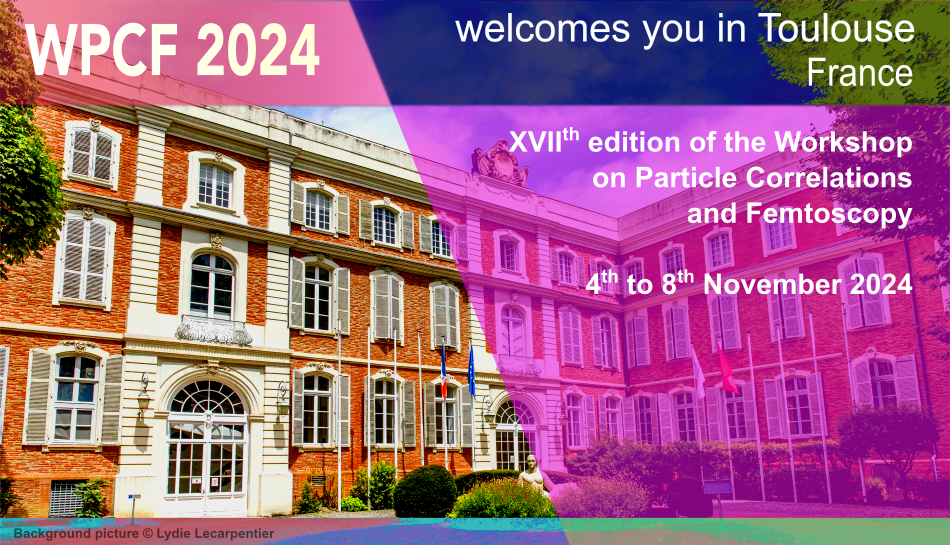Orateur
Description
The PHENIX experiment measured the centrality dependence of two-pion Bose-Einstein correlation functions in $\sqrt{s_{NN}}=200$ GeV Au
+
+Au collisions at the Relativistic Heavy Ion Collider at Brookhaven National Laboratory. The data are well represented by Lévy-stable source distributions. The extracted source parameters are the correlation-strength parameter $\lambda$
, the Lévy index of stability $\alpha$, and the Lévy-scale parameter $R$ as a function of transverse mass $m_T$ and centrality. The $\lambda(m_T)$ parameter is constant at larger values of $m_T$, but decreases as $m_T$ decreases. The Lévy scale parameter $R(m_T)$ decreases with m_T and exhibits proportionality to the length scale of the nuclear overlap region. The Lévy exponent $m_T$ is independent of $m_T$ within uncertainties in each investigated centrality bin, but shows a clear centrality dependence. At all centralities, the Lévy exponent $\alpha$
is significantly different from that of Gaussian ($\alpha=2$) or Cauchy ($\alpha=1$) source distributions. Comparisons to the predictions of Monte-Carlo simulations of resonance-decay chains show that in all but the most peripheral centrality class (50\%-60\%), the obtained results are inconsistent with the measurements, unless a significant reduction of the in-medium mass of the $\eta'$ meson is included. In each centrality class, the best value of the in-medium $\eta'$ mass is compared to the mass of the $\eta$
meson, as well as to several theoretical predictions that consider restoration of $U_A(1)$ symmetry in hot hadronic matter.

